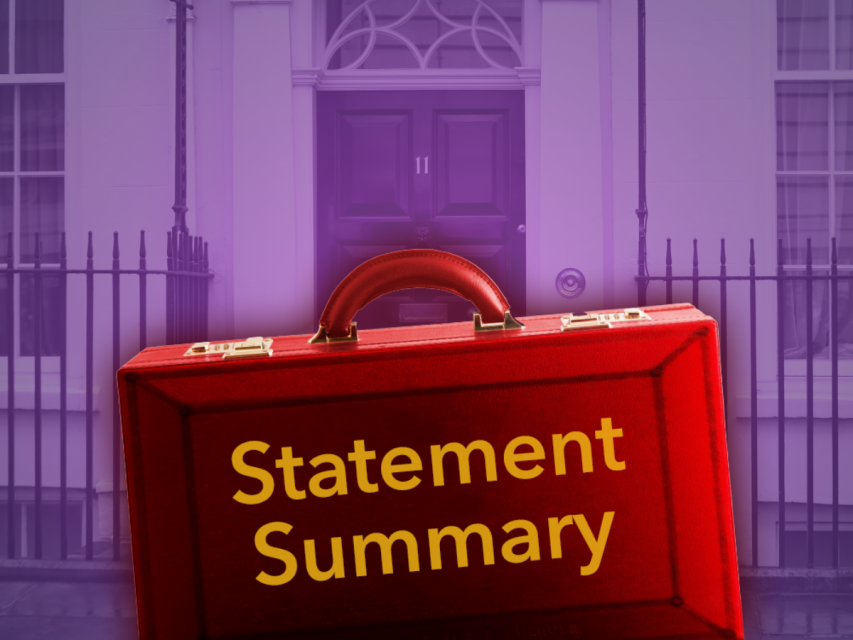A Child Trust Fund is a long-term tax-free savings account for children born between 1st September 2002 and 2nd January 2011, with access granted when the child turns 18.
To encourage future saving and start the account, the government provided an initial deposit of at least £250. Low-income households were eligible for an additional £250 payment. An estimated 6.3 million Child Trust Fund accounts were set up throughout the duration of the scheme, containing about £9 billion.
Last month, HMRC revealed the average savings pot is worth £2,212.
With interest or investment growth, this could potentially be worth a lot more over time. In this blog, we’ll explain all you need to know if your child has a Fund set up and how to ensure any potential money does not go unclaimed.
What happened to Child Trust Funds?
The Child Trust Fund scheme ended in 2011, and some criticism of the Fund came from the IFS. The research institute believed that a policy which awarded higher payments to children based on their household finances at the age of 18 would be more equitable than a policy which awarded higher payments to children in poorer households at the time of their birth.
If you have an existing Child Trust Fund account, you can continue to add up to £9,000 a year – the year starts on the child’s birthday and ends the day before their next birthday.
Child Trust Funds have largely been forgotten about since their availability ceased, with the government urging families to track down the funds. As previously mentioned an estimated 6.3 million Child Trust Fund accounts were set up throughout the duration of the scheme.
The different types of Child Trust Funds.
Parents and guardians of qualifying children were sent vouchers to set up a Child Trust Fund.
They could choose to open:
- A cash Child Trust Fund – to receive tax-free interest on the money, or
- A shares-based Child Trust Fund – to invest the money on the stock market, either:
- Choosing their own investments, or
- Investing in ready-made funds.
If the voucher wasn’t used within a year, HMRC set up an account instead – called a Stakeholder Child Trust Fund. This put the money in a wide range of investments, with a capped annual fee of 1.5%.
How to find a lost Child Trust Fund.
HMRC provide a free service if you are unsure as to the whereabouts of your child’s Trust Fund – there is no need to pay someone to find it for you. They can tell you where the account was originally opened.
If you’re a parent or guardian looking for a child’s trust fund, you’ll need:
- The child’s full name, address and date of birth
- Any previous names you or the child have used
You can include the child’s National Insurance number if you have it.
Adding money to a Trust Fund.
Where a child has a Child Trust Fund, families can still pay in up to £9,000 a year (the year starts on the child’s birthday and ends the day before their next birthday).
Anyone can pay money into a Child Trust Fund account, however, if you do not use the £9,000 limit, you cannot carry any unused amount over to the following year.
Payments made by the government do not count towards the £9,000, apart from payments made by a local council to a child in care.
What to do with a Child Trust Fund after the child turns 18.
The Fund remains active until the account matures when the child turns 18, at which point they can access the money. The provider will usually write to them a month or two before to ask what they’d like to do. There are three main options:
- Move the money to a new savings account and carry on saving.
- Consider investing the money into an ISA.
- Withdraw the money.
If your child wishes to withdraw the money providing they have turned 18, they can invest into a Stocks and Shares ISA to help reach financial goals such as covering school and university fees.
With a Stocks & Shares ISA your money is invested and has the opportunity for potential greater growth. The trade-off is that money invested is at risk of loss and you could get back less than you invest.
One other option is to do a combination of these. If you do nothing, your money will be held in a ‘protected account’ until you contact your provider.
Until your child withdraws or transfers the money, it stays in an account that no one else has access to.
It may be worth speaking to a financial adviser, as every individual will have unique circumstances to consider.
Investing in your child’s future with True Potential
As previously mentioned, thousands of young people could have around £2,200 sitting unclaimed in their Child Trust Fund account, which could potentially be invested further.
Child Trust Funds were replaced by Junior ISAs once the scheme ended in 2011.
A Junior ISA is a tax-efficient way to invest up to £9,000 each year for each child you are a parent or guardian to.
You remain in control of the investment until your child reaches their 16th birthday, at which point they can start managing the investment on their own. However, they cannot withdraw funds until their 18th birthday.
Speak to a financial adviser if you want to learn more about an active Child Trust Fund or Junior ISAs and how they may potentially benefit your individual circumstances.
With investing, your capital is at risk. Investments can fluctuate in value and you may get back less than you invest. This material is not a personal recommendation or financial advice and the investments referred to may not be suitable for all investors
If you’re a True Potential client and would like further support with investments, you can also call our Relationship Management team on 0191 500 9164. They’re available 7am – 8pm weekdays and 8am – 12pm on Saturdays.
Tax is subject to an individual’s personal circumstances and tax rules can change at any time.
ISA eligibility and tax rules apply. You should ensure your contribution does not result in your total ISA contribution within the tax year exceeding £20,000 or for Junior ISAs and Child Trust Funds, £9,000.
If you’re not a client, you can call one of our experts on 0191 625 0350 to learn more.
True Potential Investments LLP is authorised and regulated by the Financial Conduct Authority. FRN 527444. Registered in England and Wales as a Limited Liability Partnership No. OC356027.
True Potential Wealth Management is authorised and regulated by the Financial Conduct Authority. FRN 529810. Registered in England and Wales as a Limited Liability Partnership No. OC356611.





